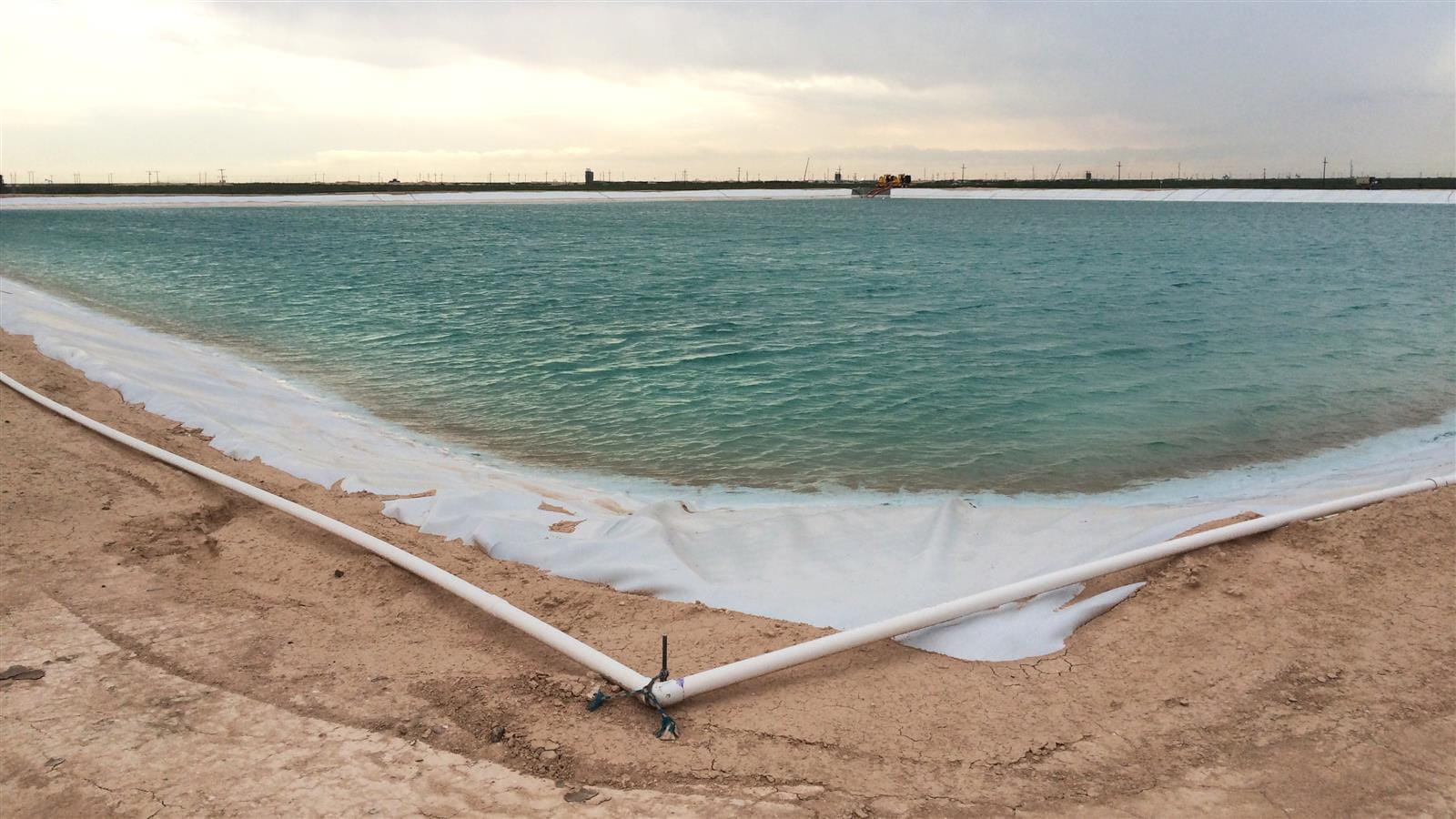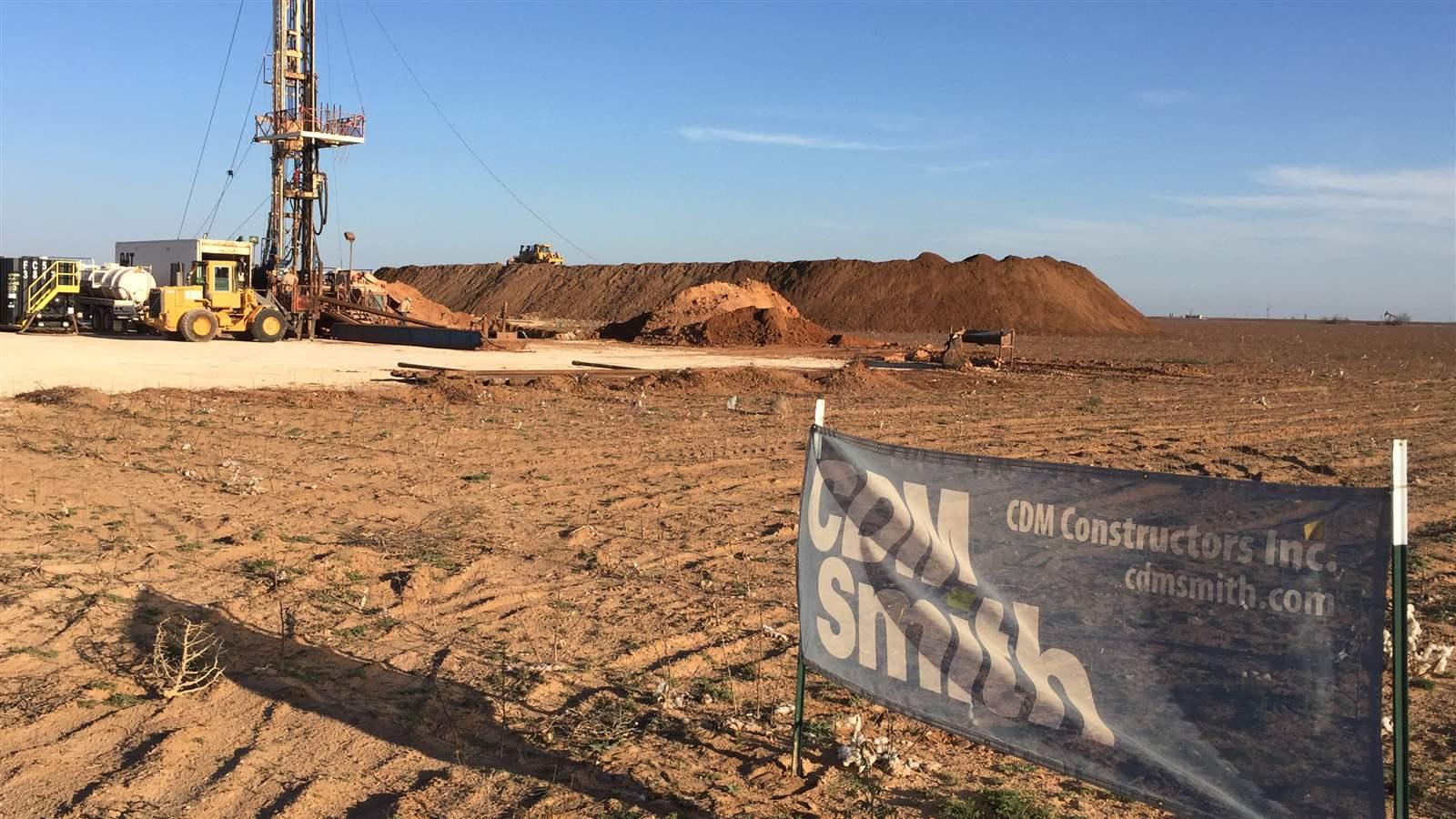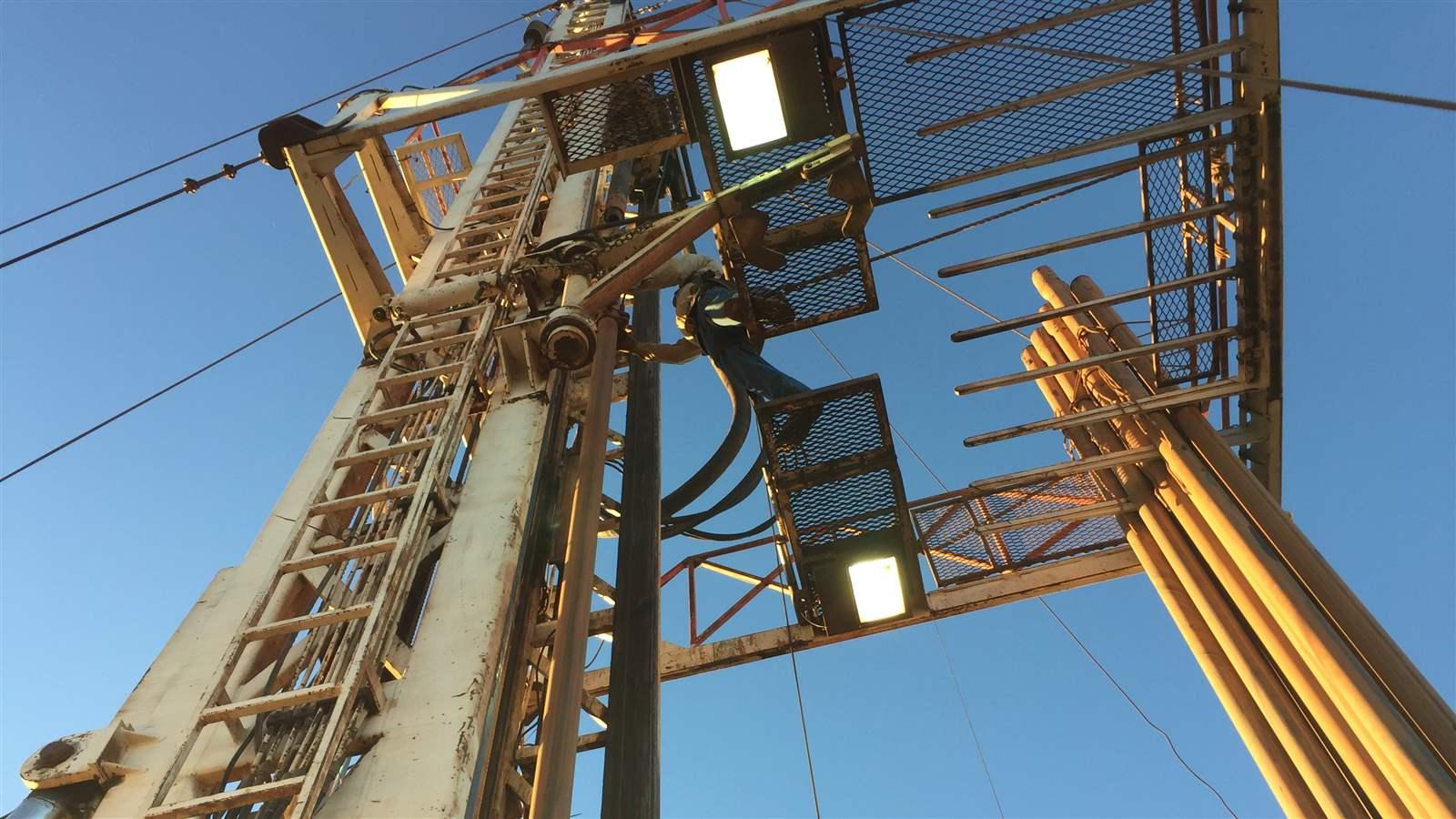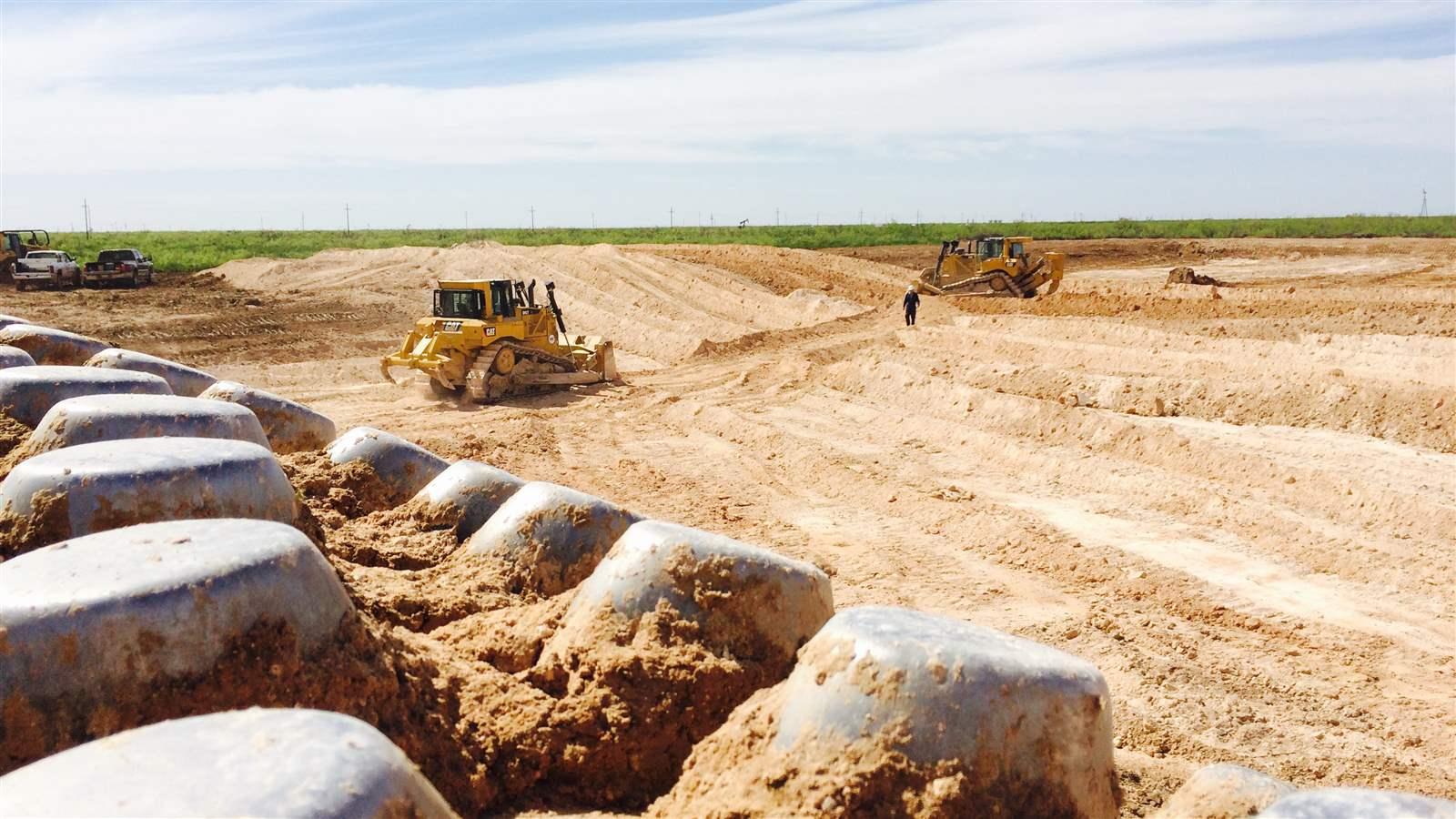Supporting Water Management in the Permian Basin
In the arid Permian Basin in western Texas, water comes at a premium for oil and gas companies. Focused water management, therefore, is critical to managing costs and running successful operations. Since 2015, CDM Smith has been in the Basin supporting a leading, confidential natural gas and oil developer with its water management for unconventional development. We are designing and constructing water management infrastructure to cost-effectively store, blend, deliver and use diverse sources of water to support the developer’s drilling and completions activities. CDM Smith has completed $4 million in water infrastructure projects as part of this ongoing program.
In January 2015, we worked closely with the developer to create a straightforward design package for their impoundments, which store fresh, produced and brackish water for hydraulic fracturing activities. While generally considered to be the low-tech aspect of water management programs, water storage is key to efficient oil and gas development. Impoundments—if properly designed and constructed—can ensure source water volumes required by large-scale fracking, reduce spills and leaks, and improve long-term storage integrity. Using this new model, the developer has effectively standardized all installation procedures and minimized the risk of future failures.
CDM Smith has subsequently designed and built four environmentally responsible and compliant water storage impoundments. They include two 500,000-barrel freshwater ponds, a double-lined brackish water impoundment, and a double-impoundment with separate areas for produced and brackish water storage. Construction of each incorporated industry best practices to support long-term asset integrity and use.
After sites were cleared and grubbed, the ponds were excavated and 3:1 slope berms were constructed to reduce surface runoff. During construction quality assurance and control, native soil samples were taken and analyzed to verify that berm materials could reach 95 percent compaction. Nuclear density testing verified that compaction was achieved before high-density polyethylene (HDPE) liners were installed. To protect the ponds’ liners from being torn or damaged by off-loading hoses during water transfer, supplemental HDPE liners were layered on top. Erosion control geotextiles were also added to the exterior of the berms.
In addition to the impoundments, CDM Smith continues to support the developer’s overall water management strategy through the design and construction of four high-volume brackish water supply wells. These wells will provide the developer the source water it needs to fill the new impoundments while reducing the amount of fresh water it needs to purchase, offsetting the cost of constructing the wells within the first three months of use.










